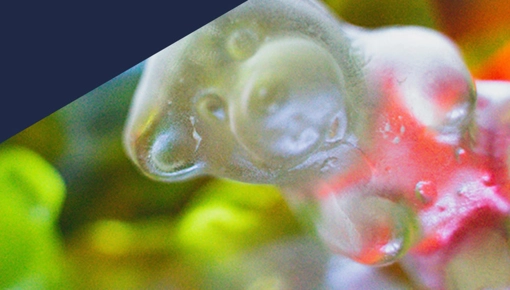AI-driven vision systems and machine learning tools are transforming quality control and defect detection. Integrated with high-resolution cameras and 3D scanners, such systems capture vital product data for the reliable identification of variations in quality. This data can be compared with predefined standards, with any variations triggering automatic corrections and alerting the human operators. We’ll investigate the impacts across the fields of manufacturing and food production here.
The Evolution of Quality Control
AI and machine learning systems enable the scanning of thousands of products per minute, far surpassing humans in the accurate identification of defects. With such a rapid scanning rate, the risk of bottlenecks can be minimised. The early detection of defects makes for reduced waste, with savings of up to 30% in material costs. The better identification of defect causes also makes for more effective prevention.
Other benefits of AI and industrial machine vision include:
- More reliable detection of flaws and irregularities, reducing the risk of defective products entering the marke.
- Continuous operation without the fatigue that impacts human workers.
- Ability to handle high-volume and complex products.
- Reduced risk of regulatory breaches, with a more reliable supply of quality products for improved brand reputation and customer satisfaction.
Transforming Production Monitoring with the Sentinel
Ishida is focused on the development of AI-powered technologies for quality enhancement, with the Sentinel 5.0 being a prime example. Integrated with advanced AI capabilities, this remotely controllable system elevates production monitoring and decision-making. It enables the rapid collection and analysis of production data, with insights generated for continuous improvement. Users can tailor the digital dashboards for the display of relevant production metrics, also benefiting from AI chatbot troubleshooting and support.


